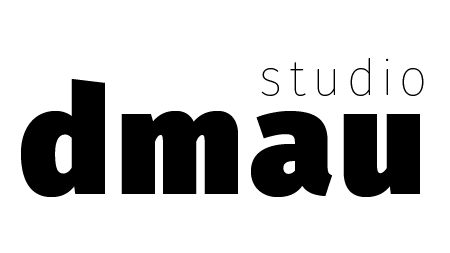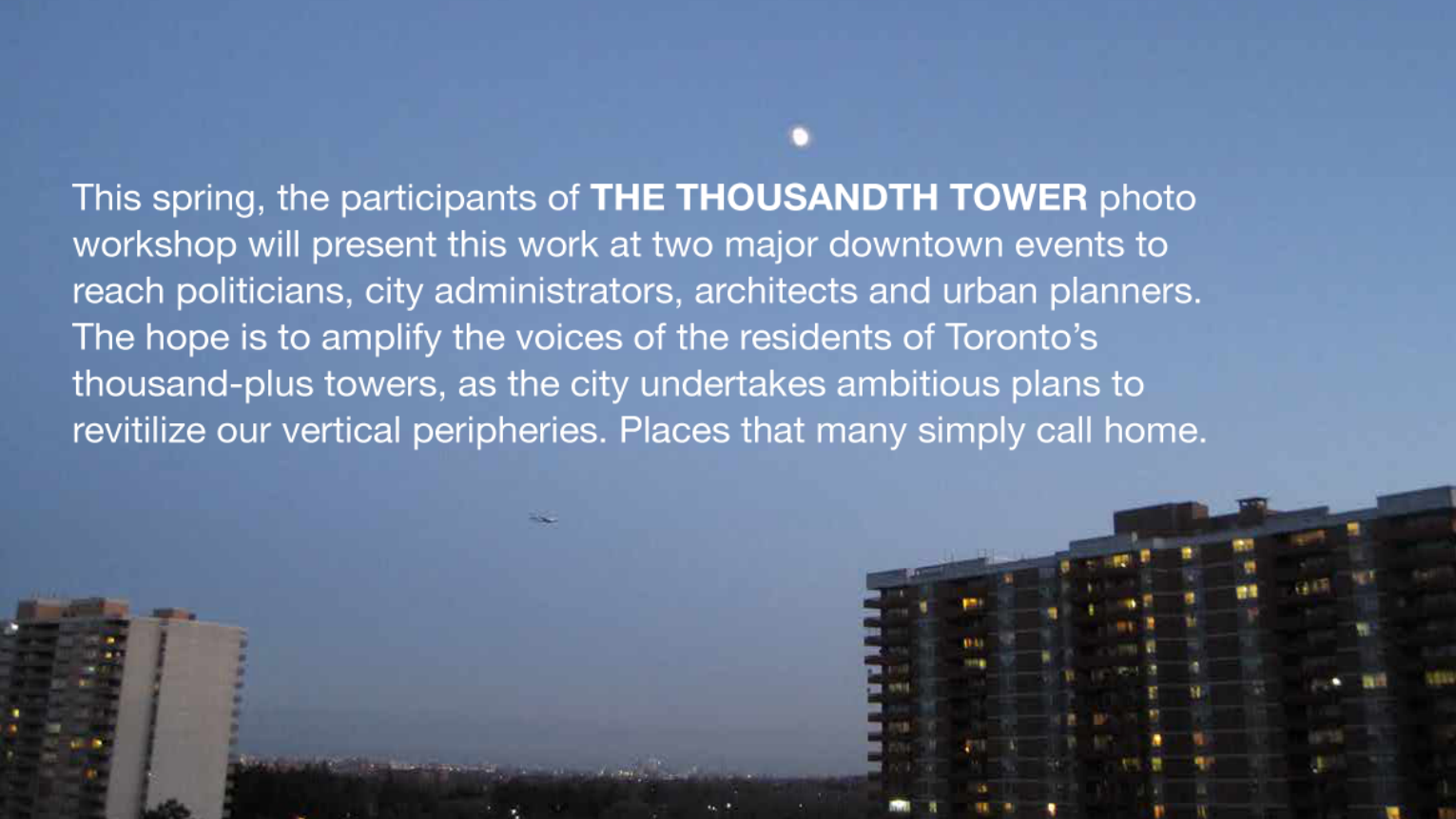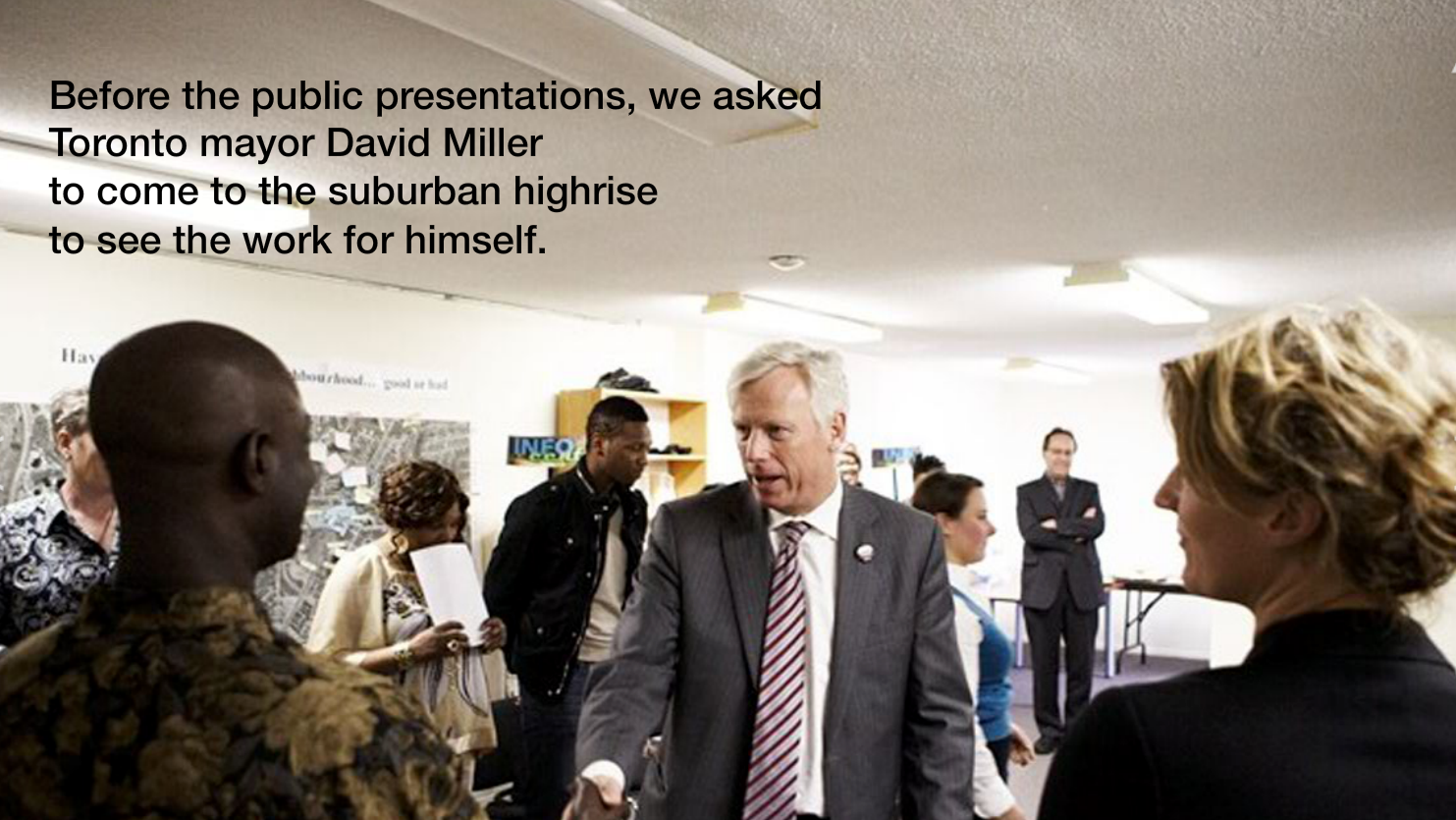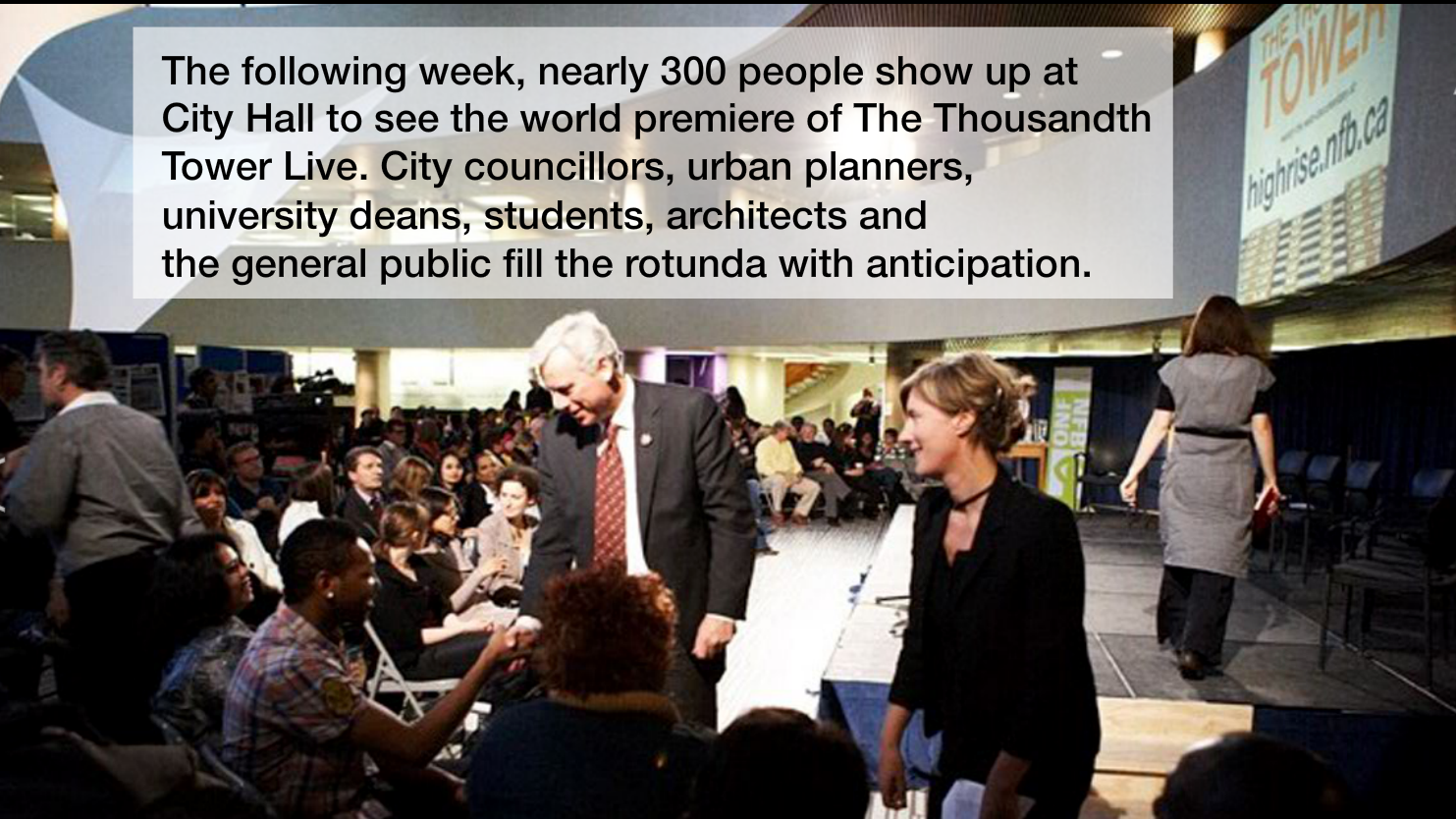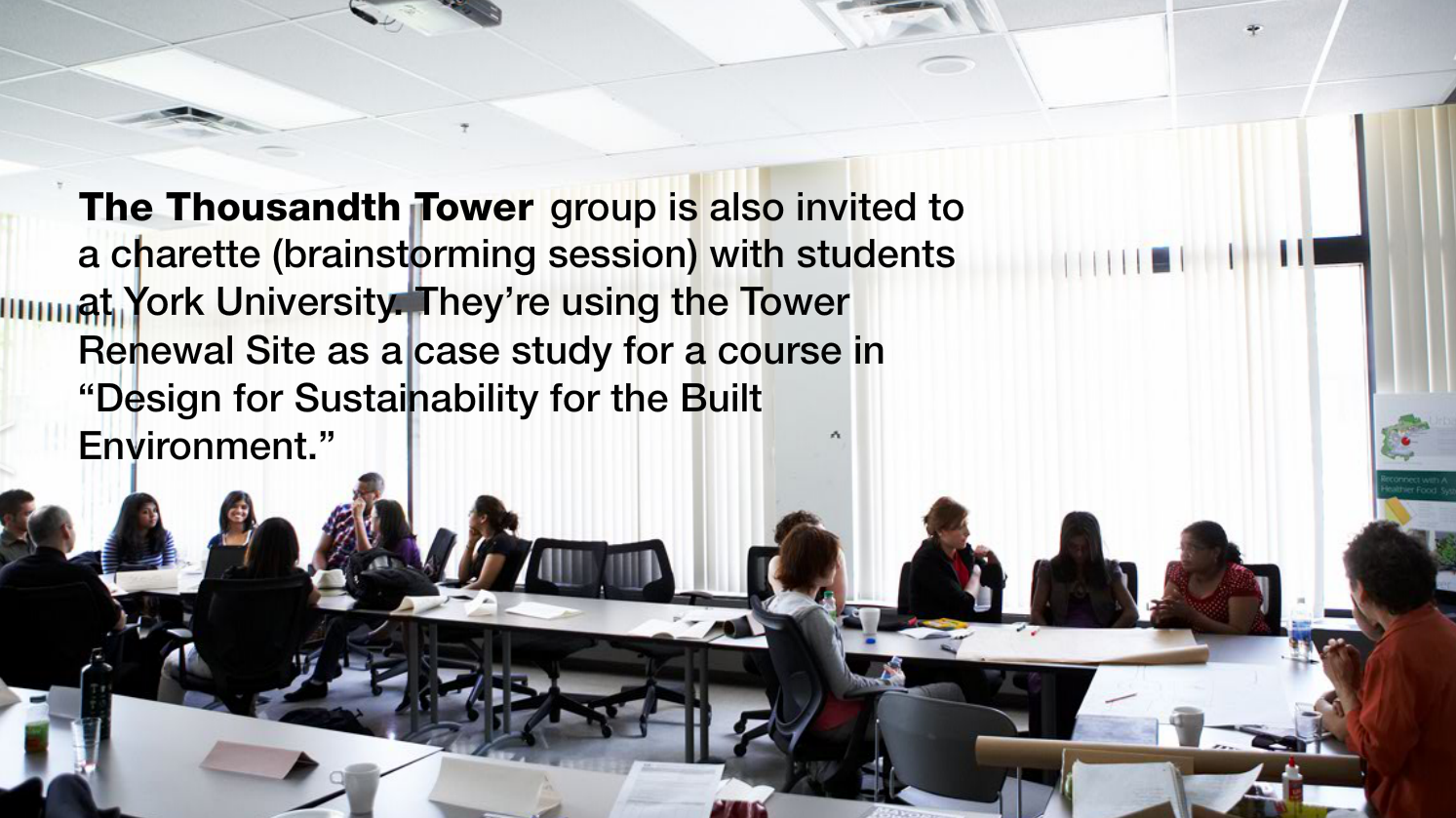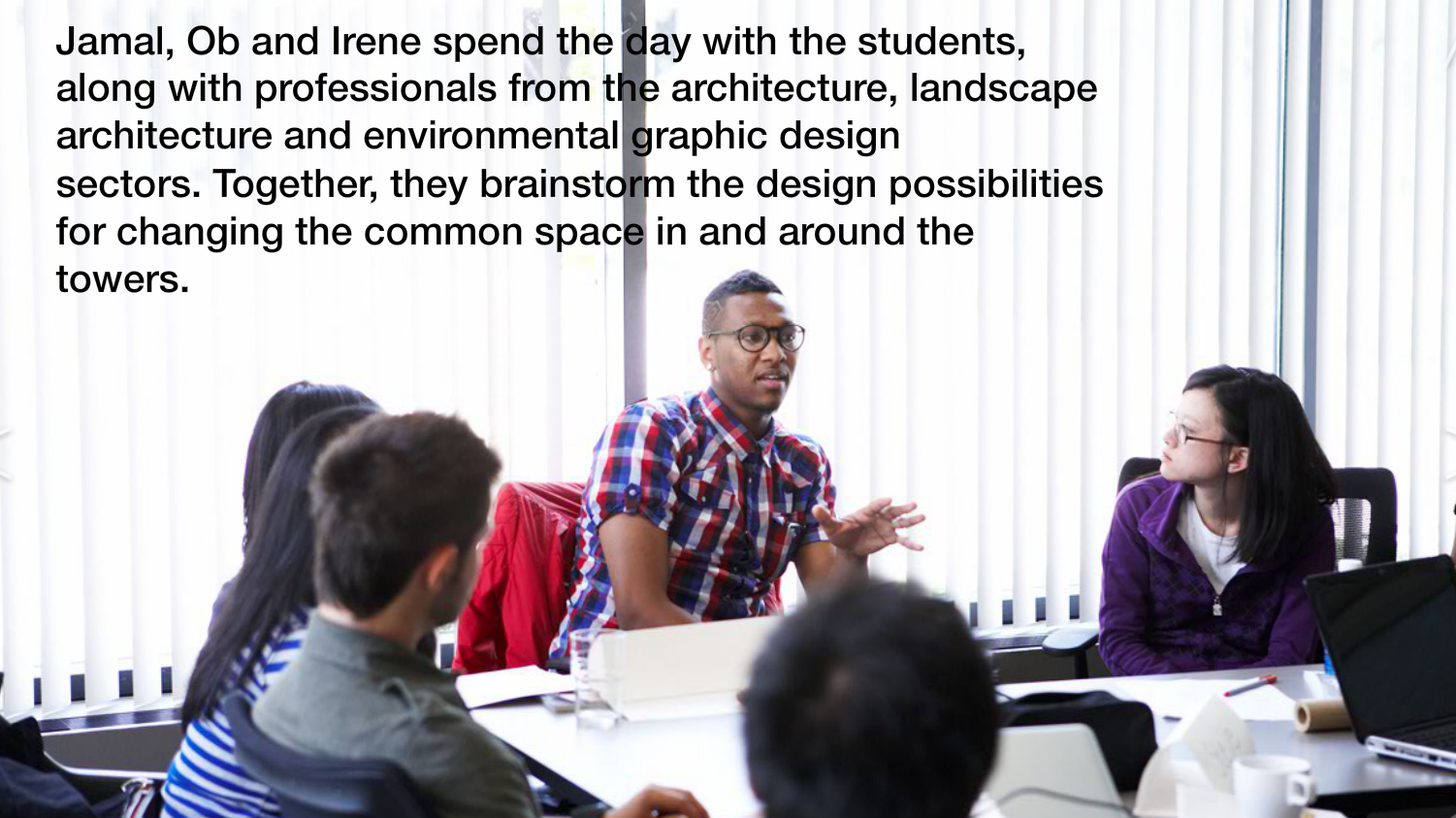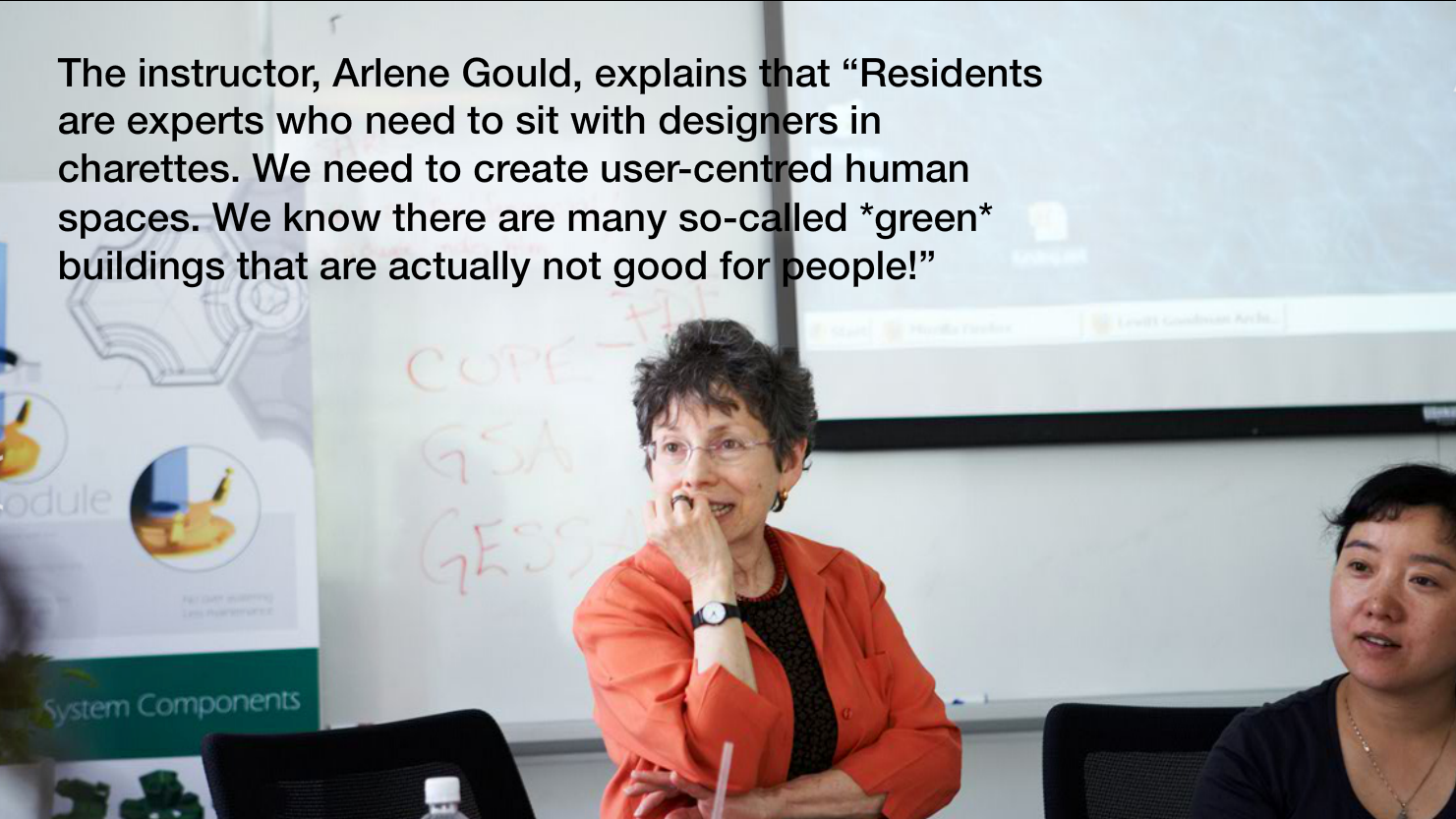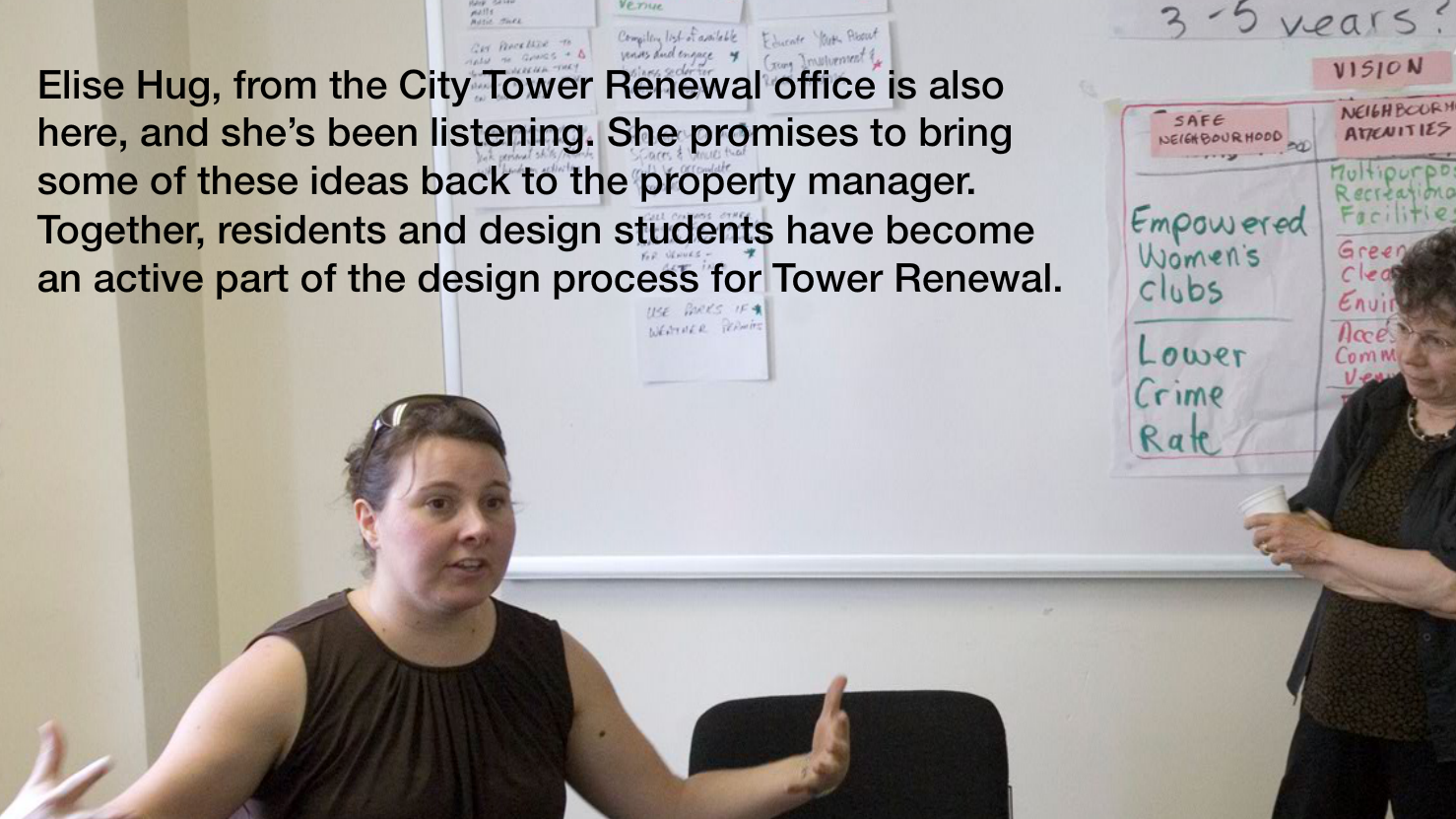The Thousandth Tower is one of the smaller projects that was created under the High Rise umbrella. It was created with six residents of one of Toronto’s suburban highrise towers, asking them to show the world, what their view looks like from inside. Its presentation format is simple but effective, consisting of interviews with the residents presented together with their photographs. We hear the stories about their experience of living in a high rise tower block and can navigate with ease through the web documentary from one story to the next. The Thousandth Tower is the perfect example of how a documentary can bring marginalised voices into the larger urban renewal debate. In this case the residents presented their stories at city hall, at an event that placed their voices in the wider context of work that was being carried out around Toronto’s Tower Renewal Program.
As the director Katerina Cizek says “What is unique about us is that we could engage in the city renewal debate in a way that actually nobody has done before, we could uniquely contribute from a social and community standpoint…. we wanted to amplify the voices of the residents in the discussion about what our city could and should be”
The presentation in city hall was not an end point for the project but became a starting point for a bigger project with the residents receiving invitations to a number of follow up presentations around the city. (Shown in the images on the left) The residents also worked with design students to imagine what a transformation of the public spaces around the towers could look like. We can see the results of this in another more experimental High Rise documentary called One Millionth Tower.
The simplicity of the documentary approach is most appealing, the residents photos are underlaid with audio of their stories. The documentary is created by and with the residents. We can see a clear editorial hand but this does not compromise the individual identity of each of the residents contributions. The work avoids using film – the traditional documentary format – but the project presentation in city hall was made more powerful by the residents themselves telling their stories.
This case study forms part of the bigger research project entitled Participatory Documentary [and the city] carried out by dmau with support from the Dutch Creative Industry Funds
